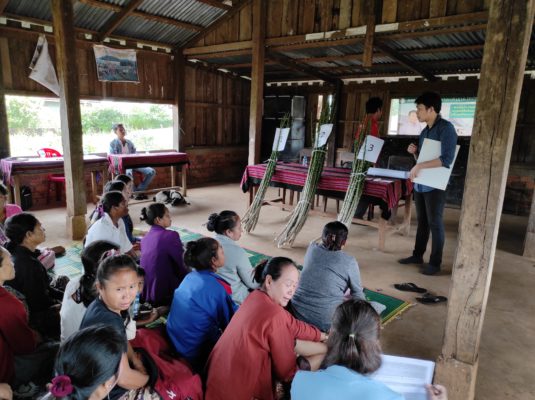Overview
Experimental auctions have become a popular research method because they elicit a value for a person’s real willingness to pay (WTP) and willingness to adopt (WTA). This real value is only expressed when auctions are well organized and the bidding for the product resembles a real-life situation. Economists suggest various ways to organize the bidding and the payment. Food scientists have used auctions to determine preferences and
market values for new food products. This mechanism is relatively new for root, tuber and banana crops, and for seeds and varieties in general, but a growing number of studies are using this mechanism. They provide good opportunities to compare the value attributed to seeds, varieties or variety traits by different social groups (e.g., men and women). A WTP study using existing validated auction and bidding mechanisms takes time and resources to organize.
Examples of questions that the tool can address
- What is the real market value for seed?
- What is the difference in the real price that male and female farmers are willing to pay?
- What is the relative willingness to pay (WTP) between seeds of different characteristics, such as variety, source, quality level, and labelling?
For more information on the tool
Contact Srini Rajendran (International Potato Center): Srini.Rajendran@cgiar.org


